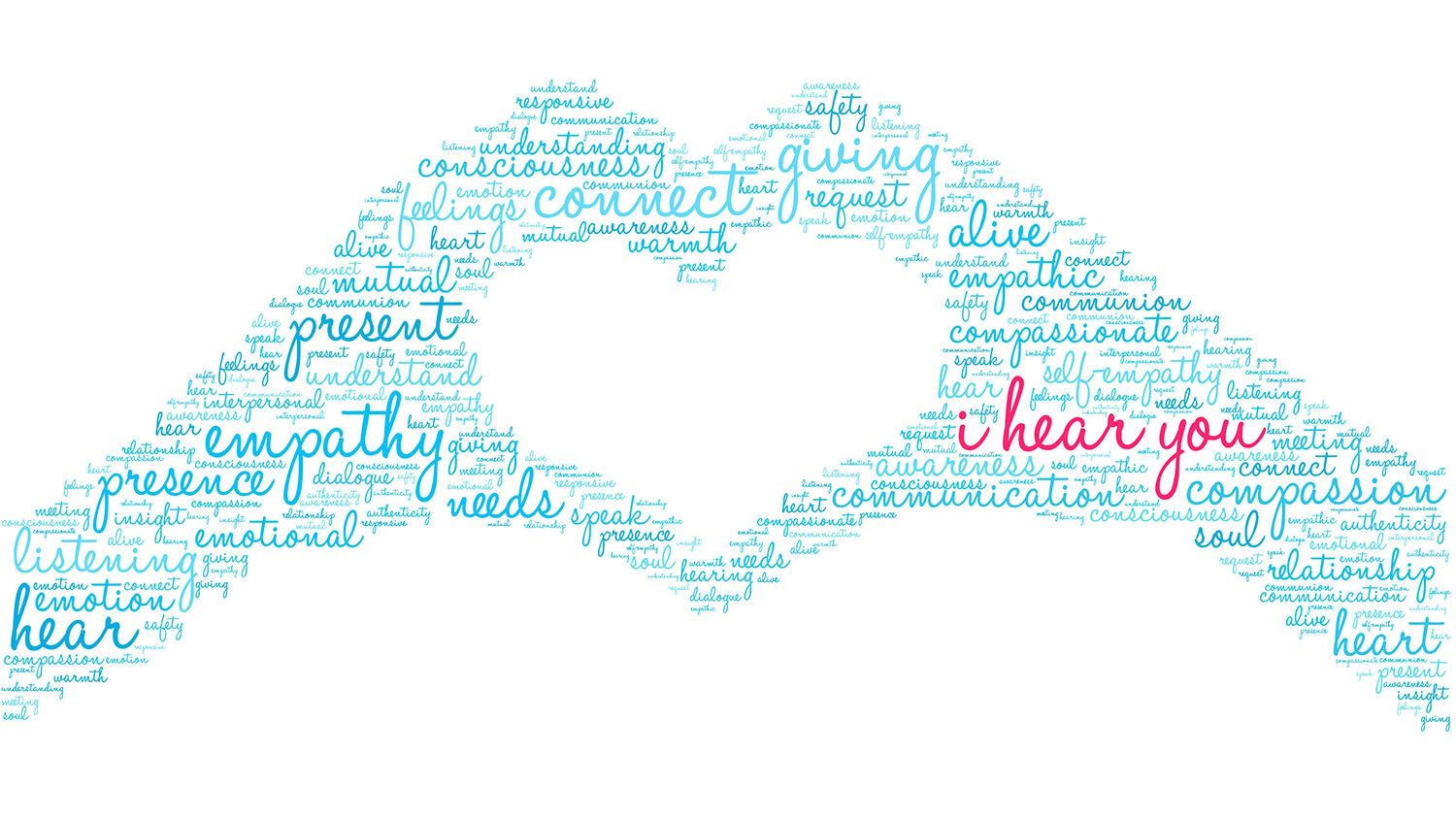Can Empathy Make You a More Effective Teacher?
At first glance, empathy training for teachers might sound to you like one more requirement you need to complete. There is so much you need to worry about as it is as a teacher – and fostering empathy might get pushed down the list. And that’s totally understandable!
With that said, there may be some surprising benefits to empathy that you haven’t heard about. Learning to build empathy may even make you a more effective teacher and help your students succeed both academically and socio-emotionally.
Why is Empathy Important as a Teacher?
There are so many human qualities that teachers need to balance, like discipline, consistency, honesty, and more.
But empathy is one of the most important qualities that help teachers build strong relationships with their students. When empathy guides your teaching, you’re able to see the world through your students’ eyes. This leads to less judgment, more compassion, and a stronger classroom community.
Studies show that teaching with empathy has many benefits, including:
- Improving teacher-student communication
- Strengthening teacher-student relationships as well as relationships between students
- Allowing teachers to provide emotional support to students who need it
- Helping teachers understand students’ nonverbal communication and cries for help
- Improving teachers’ self-evaluation of their own teaching skills
- Making teachers more likely to intervene in bullying
- Improving students’ reading ability
- Lower school-related anxiety in students
Not only that, but by practicing empathy, you’re also modeling it for your students. Being equipped with empathy helps your students become strong leaders as they move into adulthood.
The Elements of Empathy

But what, exactly, is empathy? How is it defined?
A basic definition of empathy is the ability to see the world through another person’s perspective and understand that perspective to be just as valid as your own. Empathy is different from sympathy. Sympathy separates the other person from yourself; you feel sorry for them, and relieved that you’re not going through the same thing. Empathy allows you to take the perspective of the other person.
Dr. Theresa Wiseman, a nursing scholar, came up with four elements of empathy, which are:
- Put judgment aside: Empathy isn’t about taking someone’s perspective, and then dismissing it as invalid. To be truly empathetic, you need to both be able to understand the other’s worldview as well as accept it in a non-judgmental way.
- Perspective-taking: Again, being able to put yourself in another’s shoes and see the world through their eyes – without losing your own perspective – is a key component of empathy. Empathy is about understanding that the other person has their own life experiences and values that make them understand the world in the way they do.
- Identify feelings: One of the most important aspects of empathy is emotion. Instead of simply understanding the facts of a student’s experience, try to identify what they’re feeling. What emotions do you think they’re going through? Could they be having mixed emotions? Consider what you know about the student’s experience and worldview. Remember, this isn’t about identifying how you would be feeling in the situation.
- Demonstrate care: Empathy is not about fixing or giving advice. All you need to do to practice empathy is to communicate to the student that you care. Provide emotional support. In the next section, we’ll provide tangible tips you can use to do this.
How You Can Show Empathy in the Classroom
The most important way to teach and use empathy in your classroom is to model it yourself. When students see you being empathetic, they may be more likely to feel supported and to show empathy to each other.
Some simple ways to show empathy to your students are:
- Treat others the way they’d like to be treated, rather than how you’d like to be treated.
- Ask questions; when you don’t understand something about a student’s experience, ask open-ended questions to learn.
- Practice active listening. When students talk to you, show them you’re listening by making eye contact and leaning forward.
- Try to remember that emotional support often isn’t about giving advice or “fixing” a problem. Empathize with the student first before problem-solving.
- Show empathy to colleagues and parents that you work with as well. Your students need to see you showing empathy to everyone, not just them. On top of that, fostering empathy is likely to improve your relationships with other adults as well.
Cultivate Empathy with Calm Classroom
Calm Classroom’s easy-to-use mindfulness lessons also include activities on fostering empathy. Increase empathy and strengthen your classroom community. Get in touch with us for more information on how to take a mindful approach to teaching.





SIGN UP FOR OUR NEWSLETTER